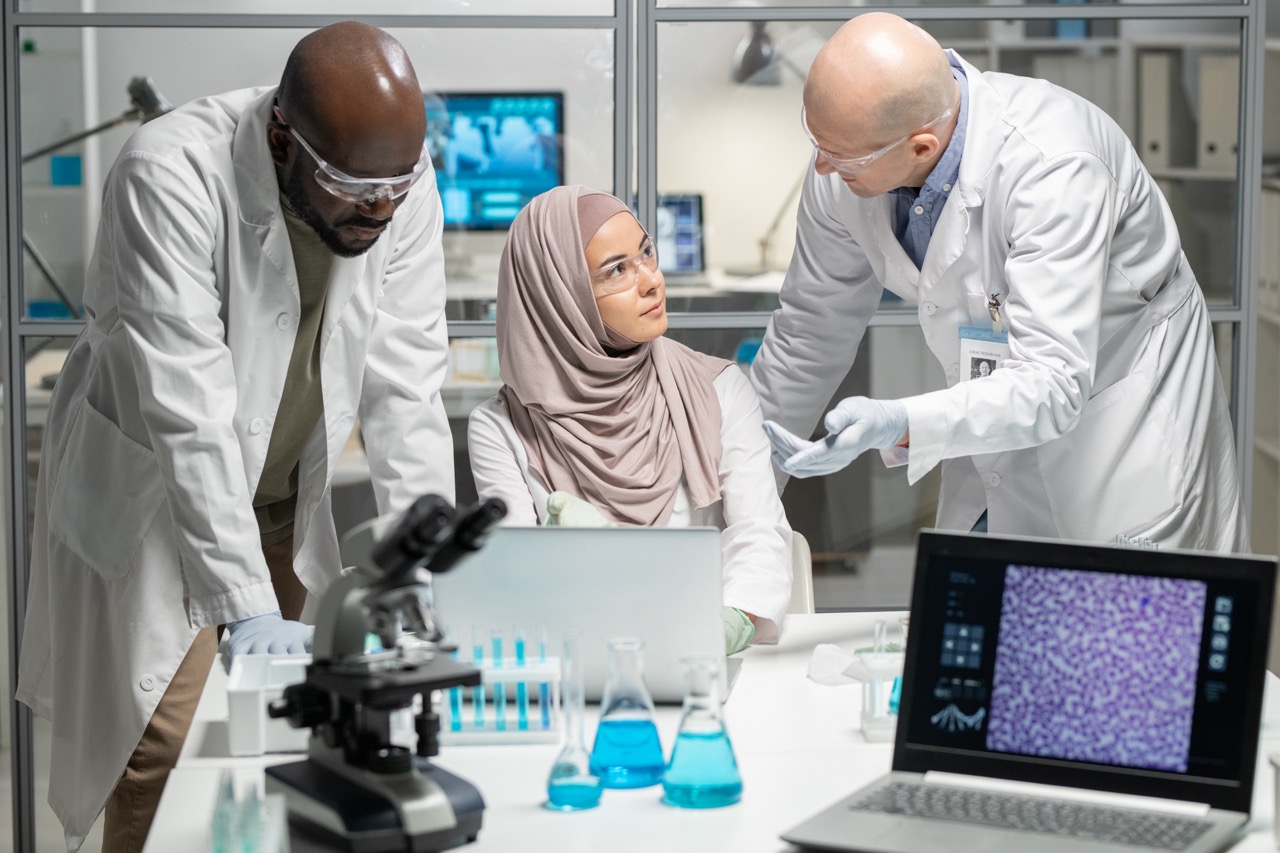Akira Yoshino is a name synonymous with revolutionary advancements in the field of rechargeable batteries. His pioneering research has not only transformed how we harness and store energy but has also paved the way for the modern technological landscape we inhabit today. Yoshino’s work primarily focuses on lithium-ion batteries, which have become integral to a vast array of devices, from smartphones to electric vehicles and renewable energy systems. This article delves into the key contributions of Akira Yoshino, the chemistry behind rechargeable batteries, innovations in lithium-ion technology, and the lasting impact of his research on energy storage solutions.
The Pioneering Contributions of Akira Yoshino to Battery Science
Akira Yoshino began his journey in battery research at the Asahi Kasei Corporation in the late 1970s. He was driven by the goal of developing a safe and efficient rechargeable battery system. His early work involved investigating various materials that could be used in battery construction, eventually leading him to focus on lithium as a major component. This decision marked a significant turning point in battery technology, as lithium’s unique properties allowed for higher energy densities than previously available materials.
In 1985, Yoshino made a groundbreaking breakthrough by developing the first commercially viable lithium-ion battery. Unlike earlier battery systems that utilized liquid electrolytes, Yoshino’s innovative design utilized a solid polymer electrolyte. This advancement reduced the risk of leakage, improved safety, and facilitated the production of lightweight batteries. His work not only addressed critical issues related to battery performance but also set the stage for the widespread adoption of lithium-ion technology in consumer electronics.
Yoshino’s contributions have been recognized globally, culminating in the Nobel Prize in Chemistry in 2019, which he shared with John B. Goodenough and Stanley Whittingham. This accolade highlights the transformative impact of their collective work on battery science and acknowledges the pivotal role Yoshino has played in shaping modern energy storage technologies. His relentless pursuit of innovation has inspired generations of researchers and has laid the groundwork for future advancements in battery technology.
Understanding the Chemistry Behind Rechargeable Batteries
At the heart of rechargeable battery technology lies electrochemistry, a discipline that studies the interaction between electrical energy and chemical reactions. In a typical lithium-ion battery, two electrodes play a crucial role: the anode and the cathode. The anode, usually made from graphite, stores lithium ions during the charging process, while the cathode, often composed of metal oxides, releases these ions during discharge. The flow of lithium ions between the electrodes generates a current, powering electronic devices.
The electrolyte is another critical component of rechargeable batteries, serving as the medium through which lithium ions travel between the anode and cathode. Yoshino’s use of a solid polymer electrolyte was a significant advancement, allowing for improved ion conductivity and enhanced safety compared to traditional liquid electrolytes. Moreover, this innovation enabled the production of flexible and lightweight batteries, further expanding the range of applications for lithium-ion technology.
The chemistry of rechargeable batteries also involves complex interfacial phenomena, where reactions occur at the surface of the electrodes. Understanding these processes is essential for optimizing battery performance, longevity, and safety. Yoshino’s research has contributed to a deeper understanding of these chemical mechanisms, informing the development of next-generation batteries that promise to be even more efficient and sustainable.
Innovations in Lithium-Ion Battery Technology Explained
One of Yoshino’s key innovations was the introduction of a lithium intercalation mechanism in the anode material. This approach allowed lithium ions to be inserted and extracted from the graphite structure without causing significant damage to the material, thereby enhancing cycle stability and longevity. This innovation was pivotal because it addressed several issues associated with traditional battery systems, such as capacity fading over time.
Additionally, Yoshino’s pioneering work in optimizing the cathode material led to the development of lithium cobalt oxide (LiCoO₂), which significantly improved energy density and performance. This material quickly became the standard for commercial lithium-ion batteries, enabling them to support the high energy demands of portable electronics. The introduction of various cathode materials has spurred ongoing research into enhancing energy density, charging speed, and overall battery efficiency.
Furthermore, Yoshino has been a proponent of the concept of sustainability in battery technology. His research has emphasized the importance of recycling and repurposing materials in battery production. This focus on sustainability is crucial in the face of environmental challenges posed by battery disposal and resource extraction. By innovating with sustainable materials and processes, Yoshino’s work contributes not only to technological advancement but also to the promotion of a greener future.
The Impact of Yoshino’s Research on Modern Energy Storage
The impact of Akira Yoshino’s research on modern energy storage is profound and far-reaching. The lithium-ion battery he helped create has become the backbone of portable electronic devices, enabling the mobile revolution we experience today. From smartphones to laptops, these batteries have transformed the way we communicate, work, and entertain ourselves, making technology more accessible and convenient.
In addition to consumer electronics, Yoshino’s innovations have been critical in the development of electric vehicles (EVs). The automotive industry has increasingly turned to lithium-ion batteries to power vehicles, leading to advances in sustainable transportation. Yoshino’s work has enabled EVs to achieve longer ranges and faster charging times, thereby addressing consumer concerns and accelerating the shift towards cleaner energy sources.
Moreover, the principles established through Yoshino’s research are now being applied to larger-scale energy storage systems, which are essential for integrating renewable energy sources like solar and wind into the grid. These systems facilitate energy storage during peak production times, ensuring a stable and reliable energy supply. The widespread adoption of his battery technology continues to influence innovations in energy management, confirming that Yoshino’s contributions extend beyond mere batteries; they represent a crucial pillar in the transition to a sustainable energy future.
Akira Yoshino’s pioneering research in rechargeable batteries has laid the foundation for the modern energy landscape, impacting multiple sectors from consumer electronics to electric vehicles and renewable energy. His innovations in lithium-ion battery technology are not just scientific achievements; they are catalysts for change in how we use and manage energy. As we look to the future, the principles established by Yoshino and his contemporaries will continue to guide advancements in energy storage, ultimately contributing to a more sustainable world. The legacy of his work is a testament to the power of scientific inquiry and innovation in addressing global energy challenges.










